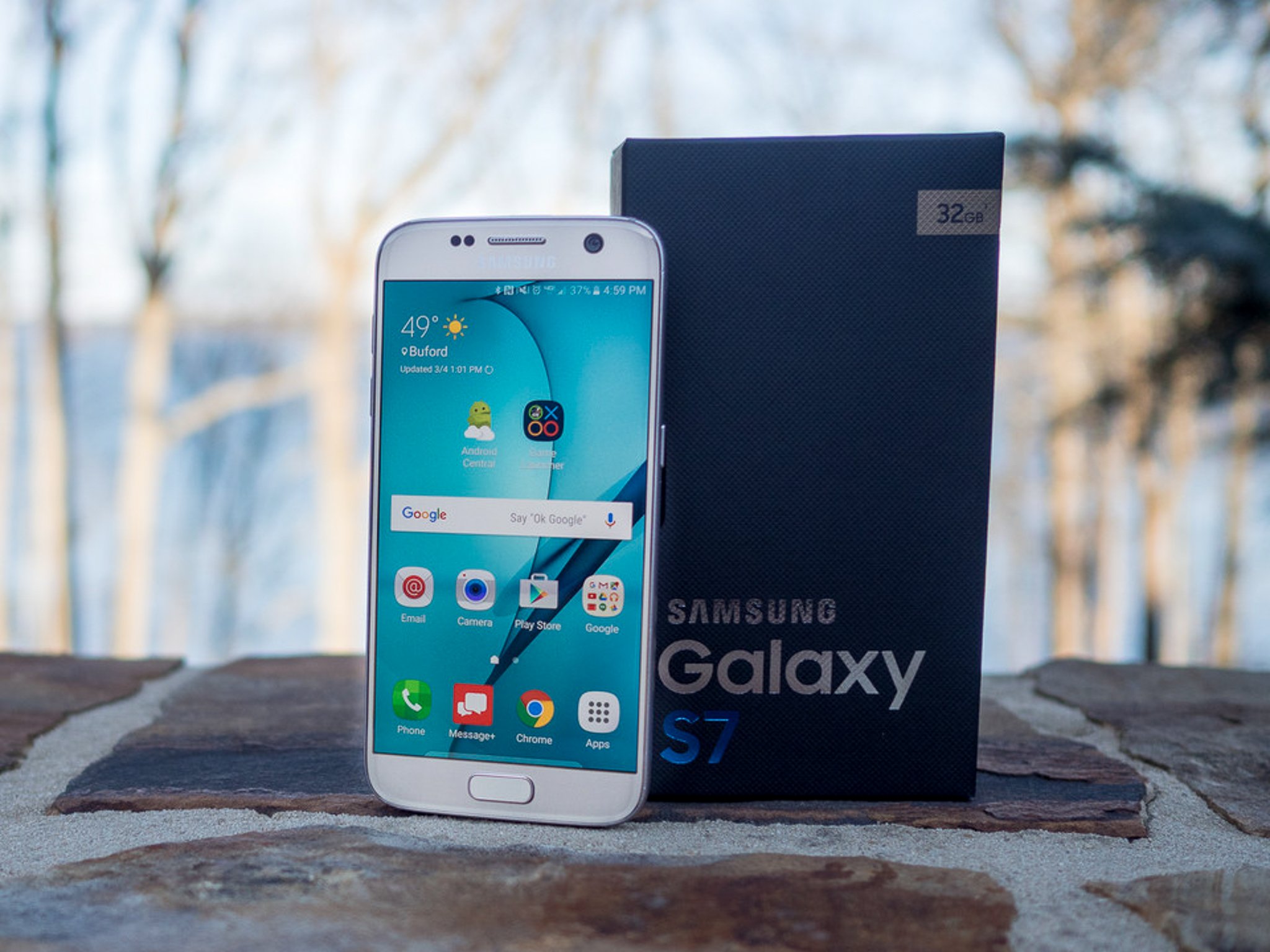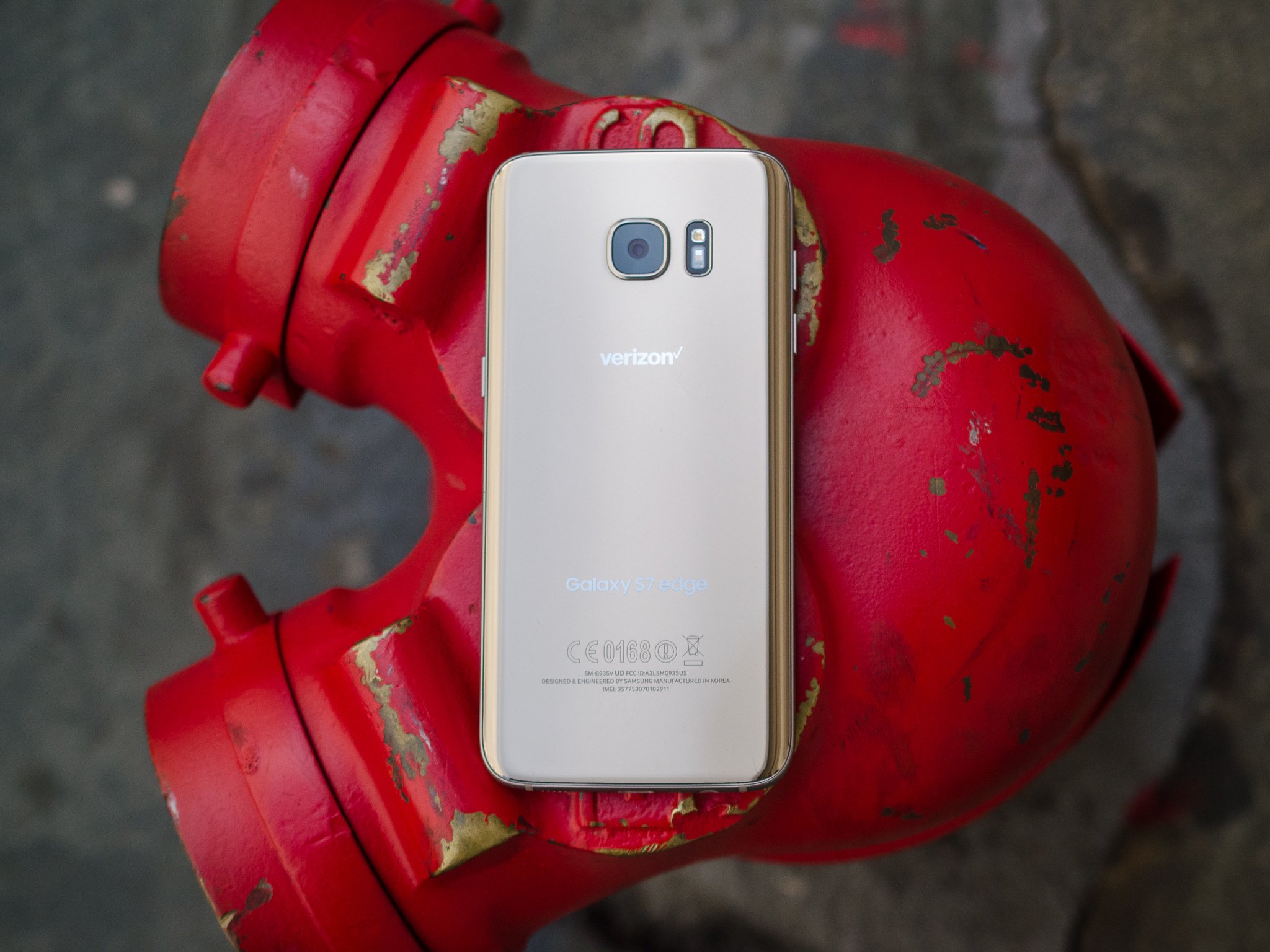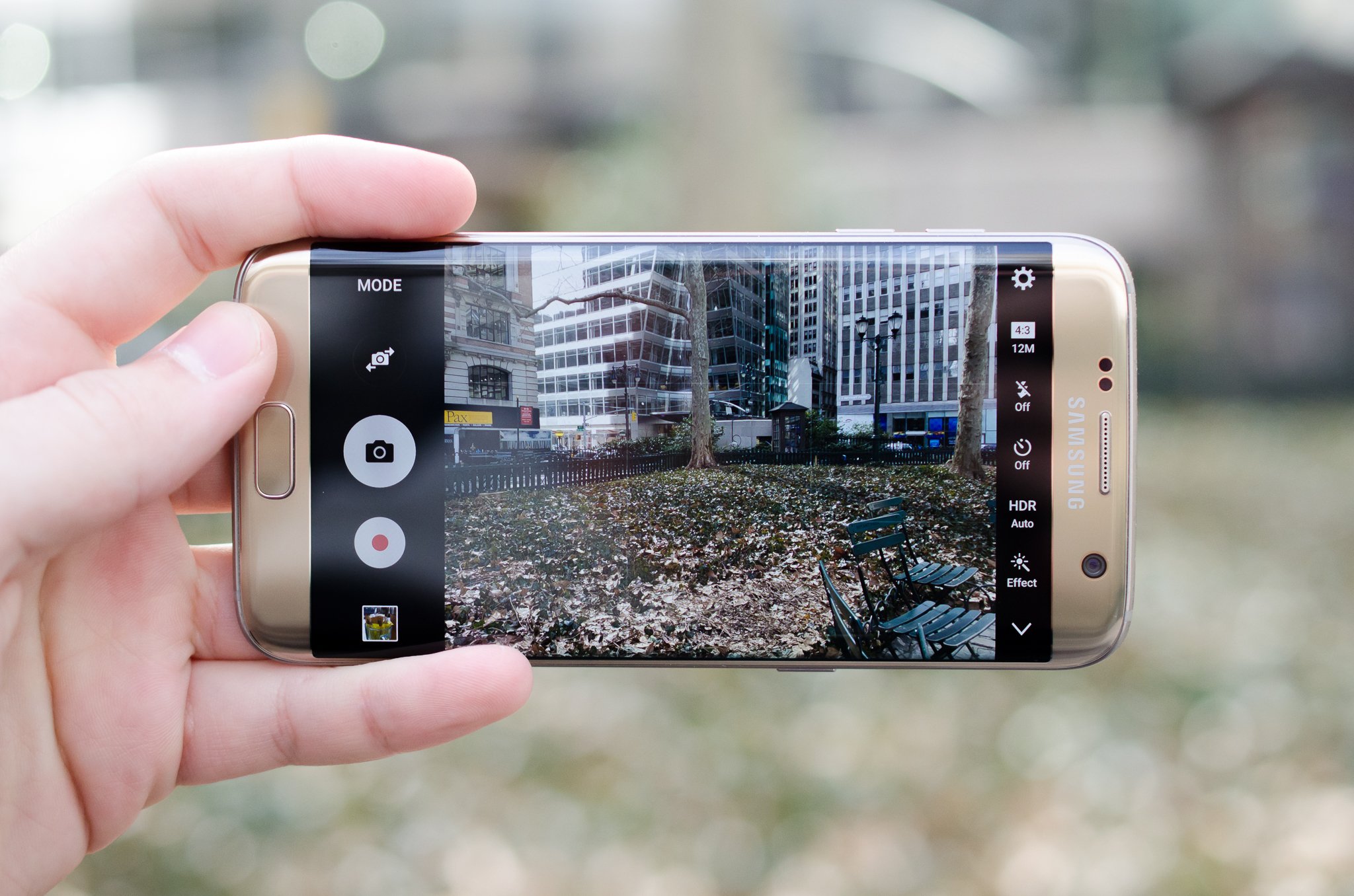The blueprint for Samsung's success for years to come.
- Google Home & Google Assistant
- Moto X
- Roku
- Chromecast & Google Cast
- HDR+
- Samsung Galaxy S7
- Alexa & Amazon Echo
- HTC One M7
- Robot Vacuums
- Google Cardboard
- Google Wifi
Apple
- Apple across the decade
- Rene Ritchie's product of the decade
- The iPad
- iPhone 4s
- Qi charging
- iPhone 5c
- iOS 8
- Apple Watch
- Pokémon Go
- Nintendo Switch
- iPad Pro
- iPhone 11 Pro
Microsoft
Samsung is a global force in the smartphone world. When we look at the past decade, though, it wasn't only producing hits; the first few generations of Galaxy S phones had compromises, problems, and areas where it wasn't the de facto market leader.
That all changed starting with the Galaxy S7, and that's why it's my pick for the product of the decade. The GS7 marked the point where Samsung truly figured it out, and locked in on a formula that was a hit with consumers and could be replicated for years to come with incredible results.
Remembering the Galaxy S7 and S7 edge
The "Galaxy S7" is actually two distinct models: the standard Galaxy S7, and the larger Galaxy S7 edge. In a slight tweak from the Galaxy S6 before, Samsung differentiated between the two models by making the S7 compact and with a flat screen, while the S7 edge was notably larger and had its now-standard dual-curved display.
Though Samsung has since expanded its phone lineup further to offer even more flagship choices, the S7 and S7 edge were a great one-two punch for the time. You could get the exact same phone in terms of features and capabilities, but in two different sizes, with the choice of whether you preferred a flat or curved screen.
Samsung brought incredible hardware with every feature imaginable — and no compromises.
And it was one heck of a desirable set of features. Samsung brought top-end specs, strong battery life (particularly in the S7 edge), great cameras on the front and back, waterproofing, SD card expansion, and excellent AMOLED screens that set the standard for everyone else. The hardware, too, set a high bar. While we take for granted every phone today being a metal-and-glass sandwich, that wasn't the case back in 2015, and the Galaxy S7 series was a fantastic execution of this combination.
There was really only one knock on the phones at the time, and that was the software. The S7 was still considerably ahead of the S5 and S6 in terms of software design, but this was very much still in the era where Samsung was universally panned for how rudderless and overbearing its software was. There were so many duplicative features, unnecessary bells and whistles, and piles of bloatware to contend with. The competition was frankly still dealing with a lot of the same issues in 2016, but software was the one caveat that came with every recommendation of a Galaxy S7.
Placing the Galaxy S7 in history
Samsung's early Galaxy S series phones were positioned at the mass market just as they are today, but at that time, trying to do as much as possible in a single phone lost a lot of points in refinement and finer points of design. Cheap plastic builds, generic designs (that led to years of lawsuits from Apple), and truly bad software were compromises you just dealt with in order to get a phone that simply did more things than the competition. Then Samsung turned a corner.
It's important to remember just how impressive the GS7 was compared to the competition.
I struggled with whether I should pick the Galaxy S6 as the company's most significant phone because that was Samsung's first phone in its "modern" design language of metal and glass with a curved display. However, the GS6 was saddled with a tiny battery and hardware compromises just to hit that incredible form factor. The Galaxy S7 fixed those issues and further refined the design, making it a no-compromise phone that Samsung's still known for today.
The Galaxy S7 and S7 edge launched in February 2016, and while the way they looked and the features they had seem totally normal today, it's important to remember the context they launched in and just how impressive it was to have all of these things come together in a complete package.
Every company had its own issues and shortcomings — but Samsung figured it out.
As usual for Samsung, the Galaxy S7 was the first flagship phone of the year, setting the expectations for the rest of 2016. Over the course of the year its contemporaries were the HTC 10, the LG G5, the Huawei P9, the original Moto Z, the OnePlus 3, and eventually several months on the first Google Pixel and Huawei Mate 9. There are a lot of troubled phones on that list with plenty of compromises and issues. The Galaxy S7 may have been hurt by its software, but each phone listed here had greater issues to face and arguably far less "figured out" in the same way Samsung did.
Samsung was a clear favorite, not to mention being miles ahead of all of its predecessors that were still on the market when the Galaxy S7 launched. Even though Samsung had already reached widespread mind share in high-end phones prior to this, the Galaxy S7 cemented its position, particularly when you take into account its worldwide distribution and buy-in from every carrier.
Why was the Galaxy S7 so impactful?
The Galaxy S7 marked the point where Samsung "figured it out" and started consistently making incredible phones that appealed to just about everyone, and didn't have many spec-for-spec or feature-for-feature competitors. It's the most significant phone of the decade for Samsung, and arguably one of the most significant for the smartphone industry as a whole.
The Galaxy S7 set the roadmap for Samsung's success for the rest of the decade (and beyond).
Samsung, like its competitors, had various features and models that were particularly strong, but nothing that came together in a complete package the way the Galaxy S7 and S7 edge did. They had beautiful metal-and-glass designs with no compromises, the best displays you could get at the time, great cameras that were the basis for its photography system for years, and top-end specs and features that filled every need imaginable.
Most importantly, they clearly settled Samsung into a group of standard features that it would lean on to the end of the decade: things like wireless charging, full-day battery life, fast and consistent cameras, waterproofing, top-end specs and feature-packed software. You can see the strong heritage of the Galaxy S7's hardware and features in the Galaxy S10 and Galaxy Note 10 today. Heck, you can still see a ton of Galaxy S7s still in use today. It was a massively impactful phone for the smartphone world, and Samsung's most important release of the decade.





0 Response to "You Can See More: Decade in review: The Galaxy S7 proved Samsung finally got it"
Post a Comment